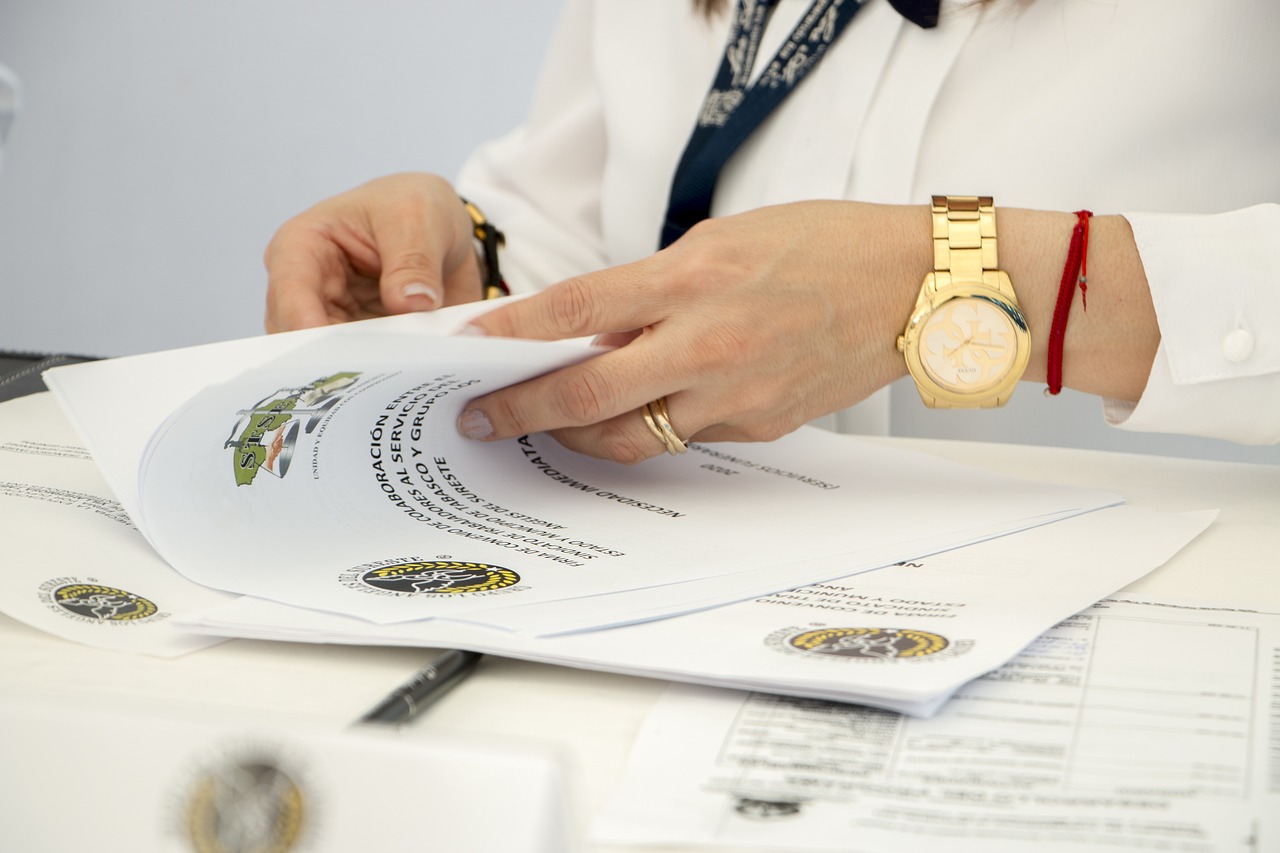There are a total of six formal procurement procedures for running EU tender processes using the classic procurement directive. These are:
- The Open Process,
- The restricted process
- The competitive dialogue
- The innovation partnership
- The negotiated procedure without market notice
- The competitive procedure with negotiation
This article focuses on the competitive procedure with negotiation.
The relative lack of rules and the rarity of its use means organisations are sometimes fearful of using this process. Hence it is appropriate for organisations to use this approach whenever their needs are moderately to fairly complex.
What to do in the tender planning stage for the competitive procedure with negotiation
The first step in determining whether an organisation should use this approach is to assess the complexity of their requirements. If the organisation anticipates the need for engaging in dialogue with participants, they should consider this approach. For less complicated needs, alternative options are available, which we’ve discussed elsewhere on this site. Once open or restricted processes are ruled out, one of the alternatives is the competitive procedure with negotiation.
Developing strong, clear specifications is essential, but it’s only the initial stage of the preparation. You also need to define the process to be used, including the number of stages and dialogues. Keep in mind that the technical specifications will form the core of any discussions with tenderers.
Identifying potential suppliers is a crucial part of the process. Sometimes, suppliers may be located in other countries and may not be aware of a tender process solely through public procurement platforms. Therefore, the contracting authority should create a list of potential suppliers capable of meeting the procurement requirements. Depending on the project’s complexity, market dialogue can be employed to generate market interest and refine the tender requirements before publishing tender documents.
Managing the initial tender stages of the competitive procedure with negotiation
The next step is to provide all the relevant documents, which typically include the tender document and the ultimate contract that the participants will be required to sign. Since the process involves negotiation, the initial contract issued is a draft version. The tender documents are usually made accessible through a public procurement tendering portal to allow potential participants to access them.
Most tender documents contain provisions concerning confidentiality and non-disclosure agreements. If standardised documents are used, it’s essential to ensure they are suitable for a customised process like a competitive procedure with negotiation. These provisions are particularly crucial when the subject of the tender is sensitive or involves confidential information. In such cases, there is often a pre-qualification stage before the tender stage. During the tender stage, only a small group of shortlisted tenderers will have access to the full set of requirements.
The process is typically managed by inviting the shortlisted parties to submit an initial draft tender and provide feedback on it. The contracting authority reviews the tender along with any contract observations or requests for alterations.
These documents and observations form the basis of the negotiation and dialogue stages. The interactions should follow what was outlined in the tender documents. The dialogue should always focus on the Request for Tender (RFT), contract questions, and the draft tender. Feedback from the contracting authority is expected to guide the tenderer in adapting their document to better align with the sought requirements. It’s crucial that the contracting authority engages in open and transparent negotiations with the selected suppliers, aiming to achieve the best value for money and ensure compliance with EU procurement principles, such as transparency, non-discrimination, and equal treatment.
Managing the later stages of the competitive procedure with negotiation
Throughout the process, it is essential to maintain meticulous records. This procedure often involves higher-value tenders that must adhere to full EU rules. Therefore, it is crucial to keep track of all communications, negotiations, and decisions made during the process. Proper documentation plays a vital role in demonstrating compliance with EU procurement rules in the Article 84.1 process file.
Typically, the process includes 1-2 dialogue stages. Eventually, a final tender submission will be obtained and evaluated against the requirements stated in the Request for Tender (RFT). Any necessary clarifications can be addressed through written communication, as the process already allows for direct dialogue.
Closing out the competitive procedure with negotiation
After the negotiations and evaluations are completed, it is essential to provide feedback to the tenderers. This feedback should include relevant information and a clear justification for the selection or rejection of their proposals.
As mentioned before, these processes usually adhere to full EU procurement rules, which means a standstill period comes into effect. During this period, which typically lasts for two weeks, the award of the contract is put on hold. This allows under-bidders the opportunity to challenge the decision if they decide to do so. Once the standstill period is over, and any challenges have been addressed, the contract can be issued.
Once this concludes, the engagement enters the contract management phase so good supplier management practices and contract management practices should be applied.
Guidance and guidelines are issued and/or updated from time to time. This can provide more detail on how processes are to be run. It is always worth checking to make sure the process is consistent with all circulars and guidelines where possible. In Ireland, the Office of Government Procurement develops and maintains some useful material for buyers.

